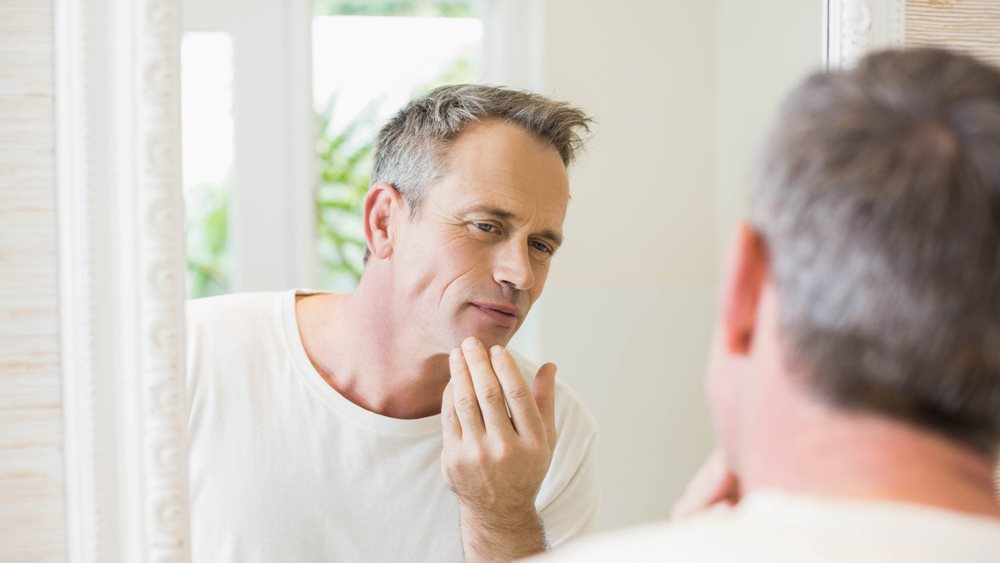Article by Dermatologu on Capital.gr
Written by Dr. Efi P. Markou, Dermatologist - Venereologist, former Curator Karolinska & Karlstad Hospital Sweden (www.dermodiagnostiki.gr / www.dermatologia.com.gr)
A new study on seborrheic dermatitis brings to the surface the many faces of the disease and provides therapeutic solutions for its intractable forms. Everyone knows, especially the sufferers, seborrheic dermatitis. The news is mainly about treatment-resistant seborrheic dermatitis, which is associated with contact skin allergies. This conclusion was reached by a multicenter study from the USA, recently published by the North American Contact Dermatitis Group (02.02.2022 in the scientific journal JAAD: Journal of the American academy of Dermatology).
Few studies to date have investigated the co-occurrence of seborrheic dermatitis and allergic contact dermatitis. All patients were examined with special skin patch tests for the detection of contact skin allergies. Among patients the 5 allergens with the highest percentage of positive reactions were nickel sulfate (14.9%), thimerosal (9.1%), neomycin (7.2%), fragrance mixture I (5.6%), and thiosulfate sodium gold ( 5.5%). Some more common allergens are: benzalkonium chloride, cobalt chloride, Myroxylon pereirae resin, methylisothiazolinone and fragrance mixture II, p-phenylenediamine, and 2.0% concentration formaldehyde.
In practice, patients are sensitized by contact and use of jewelry to nickel sulfate, daily care and grooming products containing perfume mixture I and Myroxylon pereirae resin, shampoos to methylisothiazolinone, hair dyes to p-phenylenediamine.
What is seborrheic dermatitis?
Seborrheic dermatitis is a chronic inflammatory condition of the skin and scalp. The skin looks ragged and peels off in small ill-defined whitish plaques due to fungal overgrowth (Malassezia Furfur), This is a mild disease, however quite embarrassing with an impact on quality of life, mainly due to its recurring nature.
The known triggering factors of seborrheic dermatitis are climate (humidity, temperature changes, sweating), poor diet and alcohol (smoking and alcohol in moderate and high quantities), stress and fatigue, viruses and weakening of the organism. In addition, sensitization by cumulative exposure to high concentrations or frequent contact with products containing allergens e.g. jewelry, cosmetics, hair dyes and hair styling products sometimes leads to an allergic reaction in the form of allergic contact dermatitis. In practice, this means that if the substance (allergen, haptin) that triggers the disease is not detected and isolated, the disease does not go into remission and treatment is almost impossible.
Living with seborrheic dermatitis on a daily basis and as long as you have a meticulous treatment that includes good skin and scalp hygiene, a balanced diet and reasonable alcohol consumption, the next step is to seek the advice of your Dermatologist to investigate any contact skin allergies.

